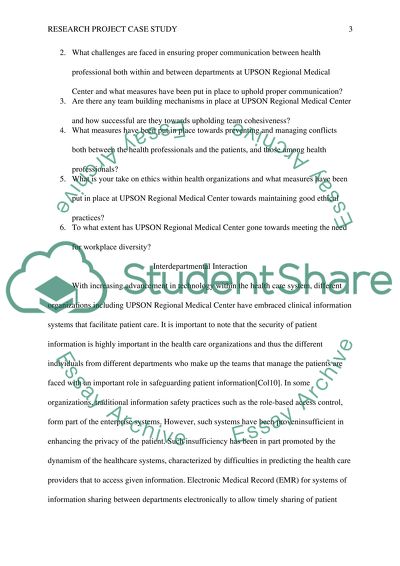Cite this document
(Strategies for Improving Patient Care and Communication Assignment, n.d.)
Strategies for Improving Patient Care and Communication Assignment. Retrieved from https://studentshare.org/health-sciences-medicine/1694951-research-project-case-study
Strategies for Improving Patient Care and Communication Assignment. Retrieved from https://studentshare.org/health-sciences-medicine/1694951-research-project-case-study
(Strategies for Improving Patient Care and Communication Assignment)
Strategies for Improving Patient Care and Communication Assignment. https://studentshare.org/health-sciences-medicine/1694951-research-project-case-study.
Strategies for Improving Patient Care and Communication Assignment. https://studentshare.org/health-sciences-medicine/1694951-research-project-case-study.
“Strategies for Improving Patient Care and Communication Assignment”, n.d. https://studentshare.org/health-sciences-medicine/1694951-research-project-case-study.


